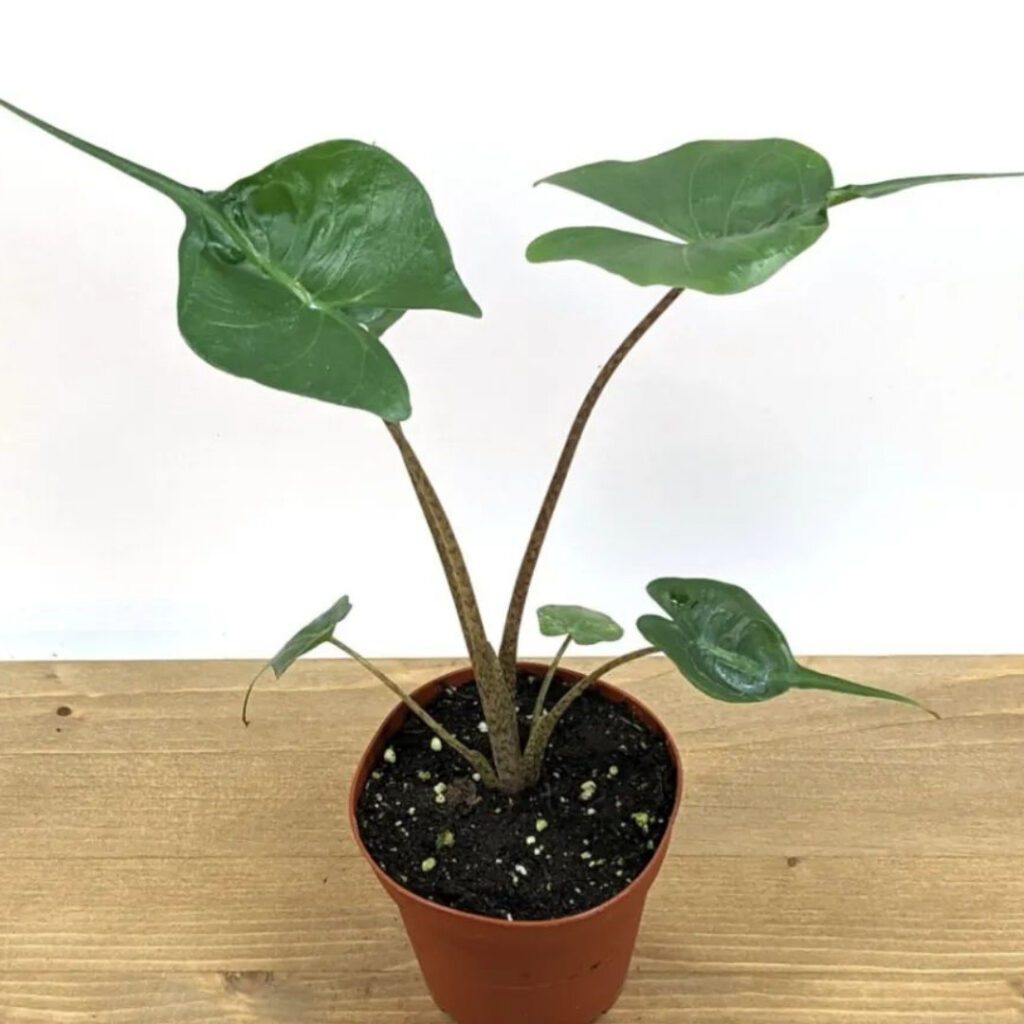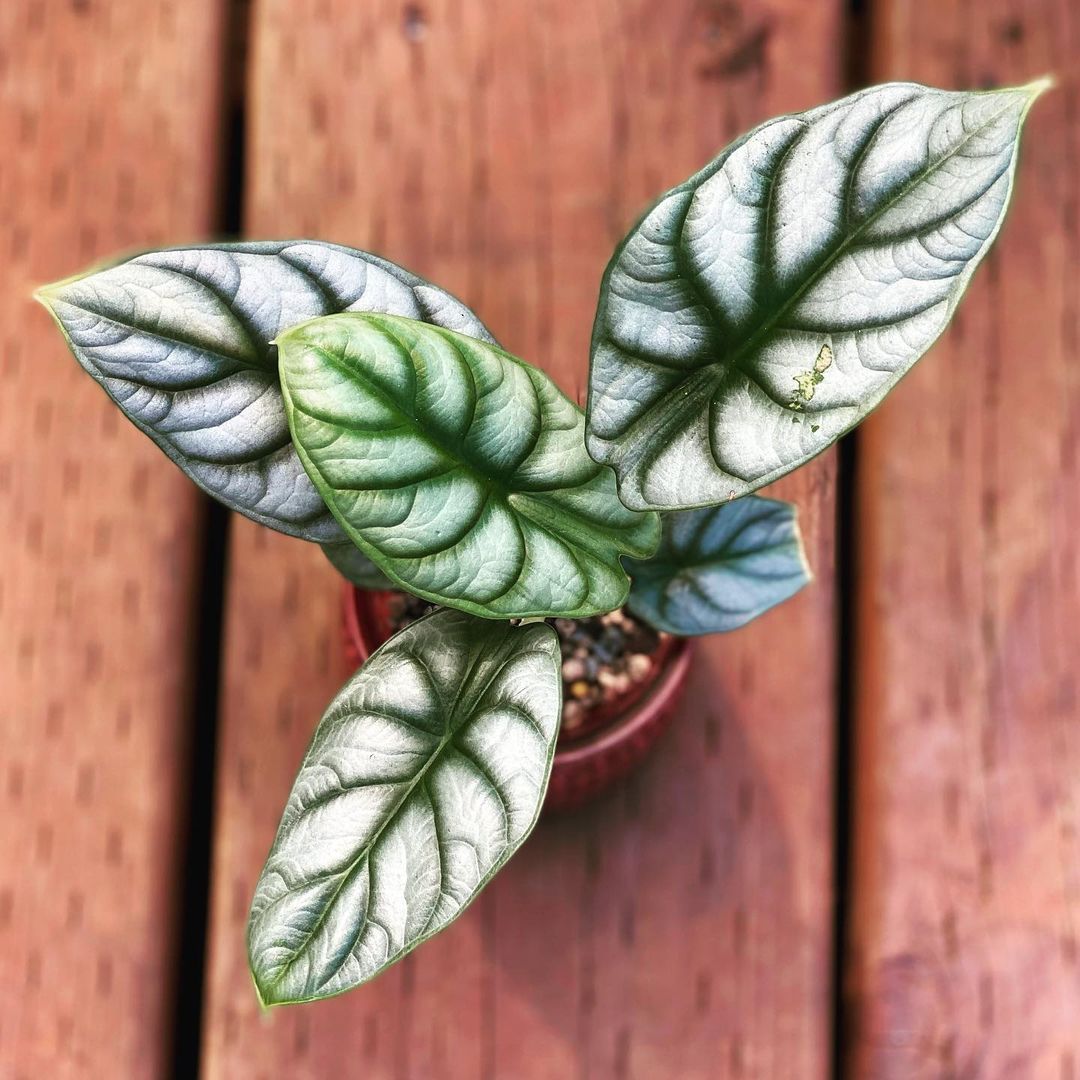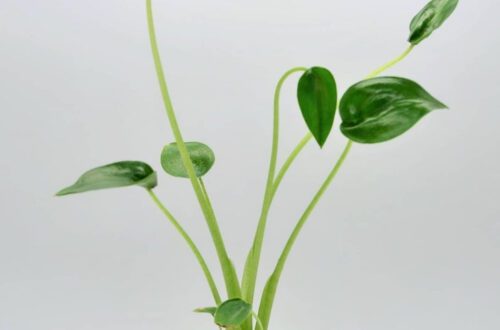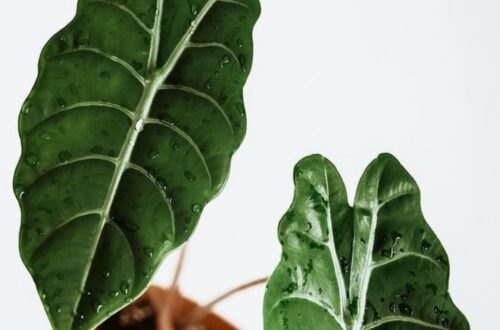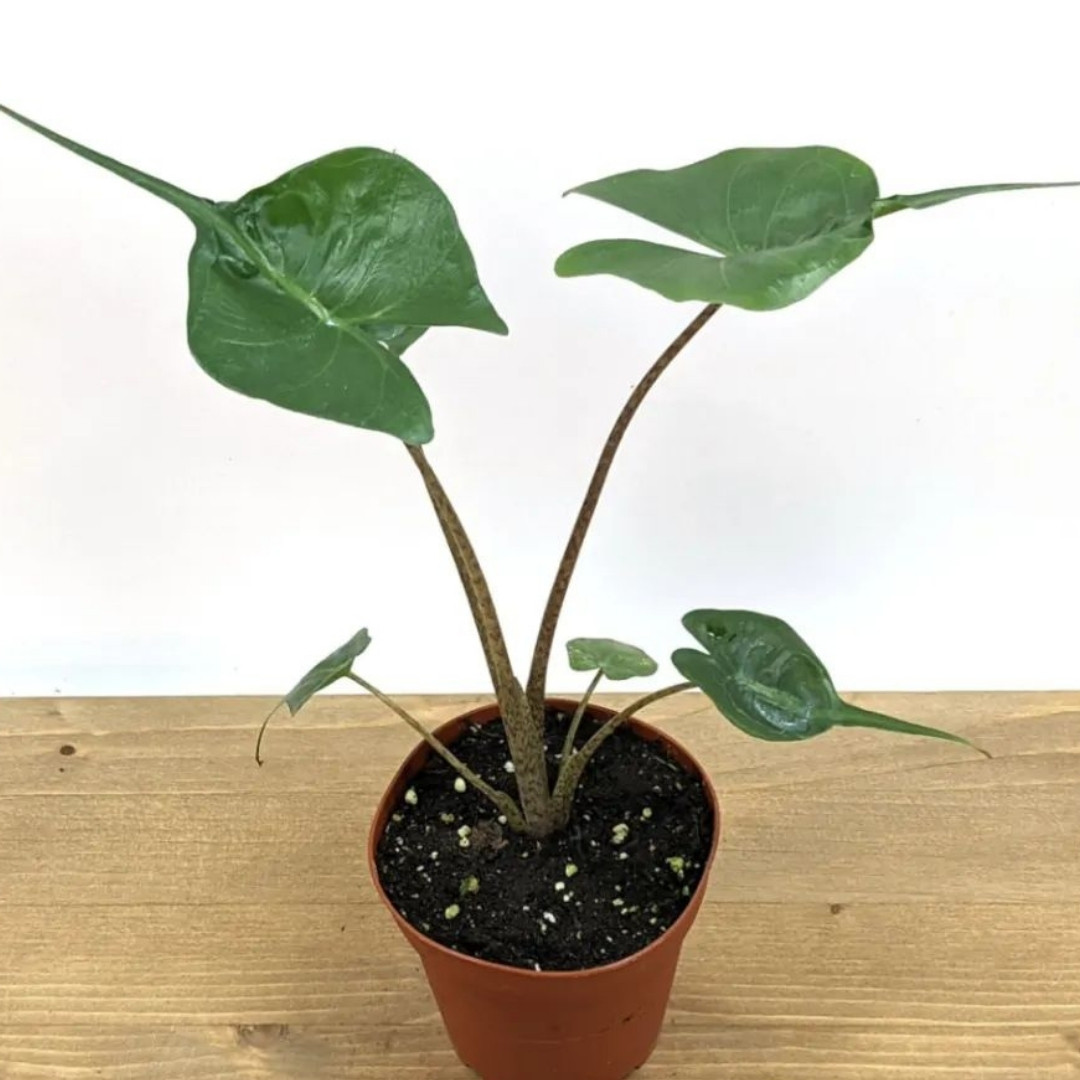
Alocasia Stingray
Welcome to our alocasia stingray care and propagation guide, we run down all you need to know. They key is to keep it humid and the soil moist and it should grow well.
Alocasia Stingray Care Summary
| Light needs: | Medium to bright indirect sunlight. |
| Watering needs: | Check weekly and and water it if top 25% of the soil is dry. |
| Fertilizer: | A balanced fertilizer once a month in spring and summer. |
| Soil: | A mix of 80% normal potting mix and 20% perlite. |
| Humidity: | 60-70%. |
| Temperature: | 18°C to 25°C (64-77°F). |
| Where to buy: | Try our list of Rare Plant Shops. |
| Common issues: | Crisping due to lack of humidity. |
Introduction
The alocasia stingray is known for its stingray like foliage, it’s a really stunning attention grabber with it’s delicate leaves.
See also: Alocasia Azlanii, Alocasia Tiny Dancer, Alocasia Dark Star.
Alocasia Stingray Light Needs
Medium to bright indirect sunlight is best, but no direct sunlight. I keep mine in a west facing window.
How Often To Water
Check the soil of your stingray weekly, and water it if top 25% of the soil is dry. Give them plenty of water, but let it all run out the bottom for ten minutes before putting the plant back in its saucer or external container.
Tip: Don’t overwater! They do best in soil that is slightly moist or damp but not soggy or dry.
Fertilizer
You can feed them a balanced fertilizer once a month in spring and summer to encourage growth.
Soil
They need a well draining mix, at the very least add some perlite, so 80% normal potting mix and 20% perlite. For more on which soil to buy or how to make your own see our guide: Alocasia Soil.
When To Repot
Check the plant’s roots each year and see if they’re getting crowded, and pot them up a size if so.
Humidity
60-70% humidity is ideal, they really do like high levels. Give them a pebble tray of water at least. They really like good humidity and need it to ge the best out of those leaves.
Tip: Keep them humid, aim for 70% in the day and they’ll be ok with a bit less at night. You can buy a humidity meter (affiliate link) to keep an eye on maximum and minimum levels.
Temperature
18-25ºC (64-77ºF) is best for them in the day, they’ll do well in most homes as long as they don’t get too cold in winter. Try to keep it above 10°C at night 50°F.
How To Propagate Alocasia Stingray
An alocasia stingray is best separated at the roots when the plant has started to divide. So you need to wait until it is big enough that it can be divided. Take it out of it’s pot and gently take away the smaller plants from the main one, make sure they each come with their own root system. Then pot them all up separately.
Is It Toxic To Cats?
It is toxic to cats and dogs if ingested, so seek vets advice immediately if you think your pet has eaten any.
Alocasia Stingray Flower
They hardly ever flower indoors to be honest.
Does Alocasia Stingray Go Dormant?
If the plant gets too cold in winter they can go dormant and their growth rate slows right down. They will need less water in this period, so are more easily overwatered, so be careful to check the soil before watering, especially in the winter.
Can Alocasia Stingray Grow In Water?
You are much better off plants alocasias in soil, but them can be transitioned to water and can survive there.
Why Is My Alocasia Stingray Drooping?
If you stingray is drooping you need to check your watering schedule, as drooping comes from either over or underwatering. You should be able to tell if it is under or overwatering based on whether the soil is dry or really soggy. Make sure you are keeping the soil slightly moist but not dry or soaking.
How Big Do Alocasia Stingray Get?
They can grow up to 1.5 meters (under 5 feet) if given the correct care conditions. They can take 5 years to reach maturity.
alocasia stingray price
They are currently on sale for about 20 to 40 euros.
alocasia stingray USDA Zone
Zones 9-11.
Alocasia Zebrina Vs Stingray
They are relatively similar plants, you can tell the difference between them as the zebrina has striped stalks. The stingray has that distinctive point to its leaves that look like a stingray’s tail.
Alocasia Stingray Drooping
Drooping occurs due to under or overwatering. Check the soil and if it is waterlogged, take the plant out of it’s pot and dry the roots for half a day or so before planting it back in dry soil. Then maintain a regular watering schedule, always checking the soil first to see if it is dry.
Alocasia Stingray Scientific Name
Alocasia Macrorrhiza Stingray. Stingray alocasia.
Where To Buy
Try our list of Rare Plant Shops or Etsy.
FAQs And Common Problems
Crisping due to lack of humidity can happen if the humidity drops, so get a humidity meter and keep an eye on it. Also check for pests on leaves each time you water to make sure they cannot take hold.
Additional Resources
Links:
- More info on the RHS plant page.
Other Articles You Might Like
Hope you found this guide useful, you might also like our other articles: Alocasia Azlanii, Alocasia Tiny Dancer, Alocasia Dark Star, Scindapsus Treubii Moonlight, Jessenia Pothos, Hoya Linearis, Philodendron Camposportoanum Care.
Please follow us on Instagram and Pinterest for regular plant updates and occasional plant giveaways.
